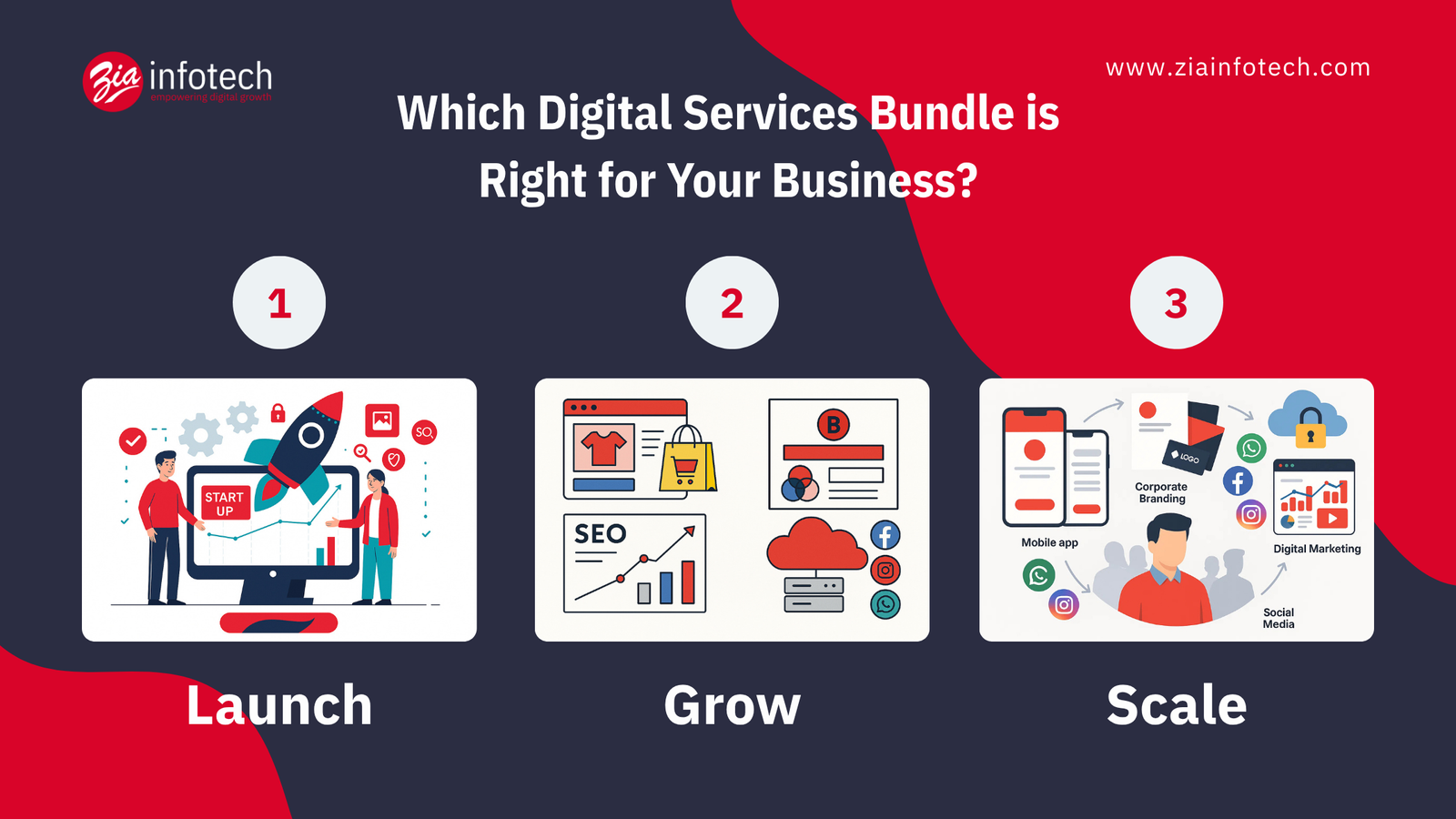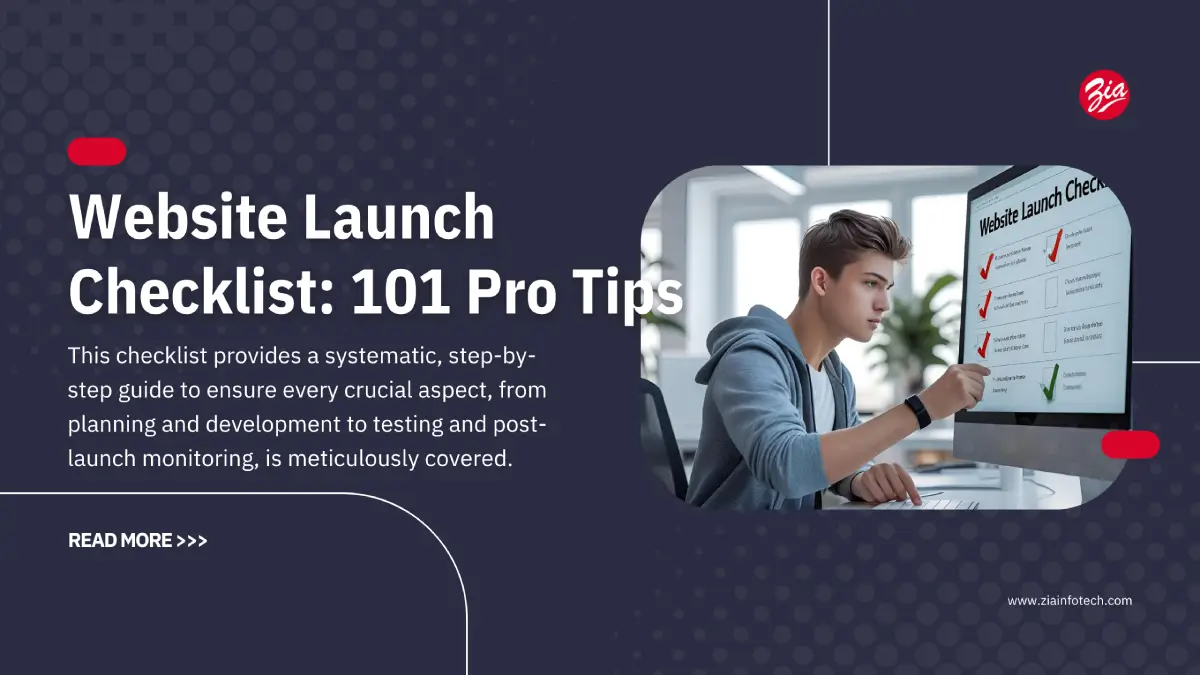Overview: Ready to Elevate Your Brand?
A strong brand identity is the cornerstone of business success. It’s more than just a logo; it’s the entire visual and emotional representation of your company. This checklist provides a systematic approach to developing, refining, and maintaining a powerful brand identity that resonates with your audience and stands out in a crowded market.
Table of Contents
Introduction to Brand Identity Checklist
Building a robust brand identity is a strategic journey, not a one-time task. It demands continuous effort and thoughtful evolution. This checklist serves as your comprehensive roadmap, guiding you through every essential element to ensure your brand is cohesive, memorable, and effective. These qualities ensure consistent recognition and lasting impact. From defining your core values to establishing visual and verbal consistency, covering both foundational ethos and outward expression, we cover all the bases to help you forge a powerful market presence.
Why Brand Identity Matters
A strong brand identity is crucial for several reasons, impacting everything from customer perception to market position. It helps you:
- Build Recognition: Make your brand instantly identifiable and memorable.
- Foster Trust & Credibility: A professional and consistent identity signals reliability.
- Differentiate from Competitors: Stand out in a crowded marketplace with a unique look and feel.
- Connect with Your Audience: Resonate emotionally with your target customers.
- Increase Brand Loyalty: A strong identity creates a deeper connection, encouraging repeat business.
- Support Marketing Efforts: Provides a consistent framework for all your promotional activities.
Who Needs This Checklist?
This checklist is an invaluable resource for a wide range of individuals and organizations looking to strengthen their brand presence. It’s particularly beneficial for:
- Startups & New Businesses: To establish a strong foundation from day one.
- Small to Medium-Sized Businesses (SMBs): To refine existing brands or undertake a rebrand.
- Marketing Managers & Teams: To ensure brand consistency across all campaigns.
- Entrepreneurs & Solopreneurs: To build a professional personal or business brand.
- Designers & Branding Agencies: As a structured framework for client projects.
- Anyone Looking to Rebrand: To systematically approach a brand refresh or overhaul.
How to Use This Guide
This guide is structured to provide a clear, actionable path for developing your brand identity. Follow these steps to get the most out of it:
- Read Through Completely: Familiarize yourself with all sections before starting.
- Work Sequentially: Each section builds on the previous one, ensuring a logical flow.
- Take Notes: Jot down ideas, decisions, and action items as you go.
- Collaborate: Involve key stakeholders from your team for broader perspectives.
- Review & Iterate: Branding is an ongoing process; revisit and refine as needed.
- Utilize Pro Tips: Leverage the Zia Infotech and AI tips for deeper insights.
- Download Checklists: Use the downloadable sections for practical implementation.
Step-by-Step Ultimate Brand Identity Checklist
1. Brand Foundations
Defining your brand’s core is the first crucial step. This involves understanding your mission, vision, values, and unique selling proposition. A strong foundation ensures all subsequent branding efforts are aligned and authentic, speaking directly to your target audience’s needs and aspirations.
Checklist:
[ ] Clearly define your brand’s mission statement (purpose).
[ ] Articulate your brand’s vision statement (future aspiration).
[ ] Identify your core brand values and principles.
[ ] Determine your target audience and create detailed buyer personas.
[ ] Analyze your competitors and identify your unique selling proposition (USP).
[ ] Define your brand’s personality and archetype.
[ ] Conduct a SWOT analysis (Strengths, Weaknesses, Opportunities, Threats).
[ ] Establish your brand’s core message and key differentiators.
[ ] Outline your brand story and narrative.
[ ] Get stakeholder alignment on foundational elements.
PRO TIPS:
- ZIA INFOTECH TIP: Involve key team members in foundational workshops to foster collective ownership and a deeper understanding of the brand’s essence.
- AI TIP: Use AI tools for market research and audience segmentation to uncover deeper insights into your target demographics and preferences.
Do’s & Don’ts Segment:
- Do: Be authentic and specific in defining your values and mission.
- Don’t: Copy competitor strategies; strive for genuine differentiation.
Ready To Solidify Your Brand’s Core?
This brand identity checklist ensures you’ve covered all essential foundational elements.
Download Brand Identity Checklist PDF
2. Logo Design
Your logo is often the first visual representation of your brand. It should be unique, memorable, versatile, and reflective of your brand’s personality and values. A well-designed logo serves as a powerful identifier, instantly communicating who you are and what you stand for.
Checklist:
[ ] Research logo trends and competitor logos.
[ ] Choose a logotype (wordmark, lettermark, emblem, pictorial, abstract, mascot, combination).
[ ] Develop initial logo concepts and sketches.
[ ] Ensure the logo is scalable and legible at various sizes.
[ ] Test the logo in black and white, and in color.
[ ] Verify its versatility across different media (print, digital, merchandise).
[ ] Ensure it reflects your brand’s personality and message.
[ ] Get feedback from target audience members.
[ ] Create multiple file formats (vector: SVG, EPS, AI; raster: JPG, PNG).
[ ] Define clear usage guidelines for the logo (minimum size, clear space, color variations).
PRO TIPS:
- ZIA INFOTECH TIP: Invest in professional logo design; it’s a long-term asset that defines your visual identity. Avoid generic templates.
- AI TIP: Utilize AI-powered logo generators for initial inspiration, but always refine and customize them to ensure uniqueness and alignment with your brand strategy.
Do’s & Don’ts Segment:
- Do: Keep it simple, memorable, and timeless.
- Don’t: Overcomplicate the design or use too many colors/fonts.
Ensure Your Logo Makes A Lasting Impression
This brand identity checklist guides your design process from concept to final execution.
Download Brand Identity Checklist PDF
3. Typography
Typography plays a significant role in conveying your brand’s tone and readability. Selecting the right fonts for headlines, body text, and accents helps establish a consistent visual hierarchy and reinforces your brand’s personality. Consistency in font usage is key to a professional appearance.
Checklist:
[ ] Select primary and secondary typefaces that align with your brand personality.
[ ] Ensure chosen fonts are legible across all platforms and sizes.
[ ] Define font weights and styles for headlines, subheadings, and body text.
[ ] Specify font sizes for different applications (web, print, mobile).
[ ] Determine line height (leading) and letter spacing (kerning) standards.
[ ] Consider web-safe fonts or ensure custom fonts are properly embedded.
[ ] Define usage for special characters and numbers.
[ ] Establish a hierarchy for different types of content.
[ ] Document font licensing requirements.
[ ] Provide examples of correct and incorrect font usage.
PRO TIPS:
- ZIA INFOTECH TIP: Limit your font selection to 2-3 typefaces to maintain visual harmony and avoid a cluttered look.
- AI TIP: Use AI font pairing tools to discover harmonious font combinations that enhance readability and aesthetic appeal.
Do’s & Don’ts Segment:
- Do: Prioritize readability and consistency across all materials.
- Don’t: Use too many different fonts or unreadable decorative fonts for body text.
Master Your Brand’s Voice Through Consistent Typography
This brand identity checklist defines your font usage guidelines.
Download Brand Identity Checklist PDF
4. Color Palette
Your brand’s color palette evokes emotions and creates immediate recognition. A well-chosen palette reflects your brand’s identity and differentiates you from competitors. Define primary, secondary, and accent colors, along with their specific usage and corresponding color codes.
Checklist:
[ ] Research color psychology and its relevance to your brand.
[ ] Select primary brand colors (2-3 main colors).
[ ] Choose secondary and accent colors to complement the primary palette.
[ ] Define exact color values (CMYK, RGB, Hex, Pantone) for each color.
[ ] Ensure colors are accessible and meet contrast ratio standards.
[ ] Test the palette across various applications (print, digital, merchandise).
[ ] Define usage guidelines for each color (e.g., primary for logo, secondary for backgrounds).
[ ] Specify color variations for different contexts (e.g., dark mode).
[ ] Document color usage for backgrounds, text, and interactive elements.
[ ] Provide examples of correct and incorrect color application.
PRO TIPS:
- ZIA INFOTECH TIP: Consider the emotional impact of colors on your target audience and choose a palette that aligns with your brand’s desired perception.
- AI TIP: Leverage AI color palette generators to explore unique combinations and ensure visual harmony based on your brand’s core attributes.
Do’s & Don’ts Segment:
- Do: Use colors consistently and strategically to reinforce brand recognition.
- Don’t: Use too many colors or inconsistent shades that dilute your brand’s identity.
Craft A Captivating Color Story For Your Brand.
This brand identity checklist is used to define and standardize your brand’s color usage.
Download Brand Identity Checklist PDF
5. Imagery & Iconography
The style of imagery and iconography used is vital for conveying your brand’s personality and message. Whether it’s photography, illustrations, or icons, consistency in visual style strengthens your brand’s overall aesthetic and ensures a cohesive visual experience across all platforms.
Checklist:
[ ] Define the overall style for brand imagery (e.g., realistic, illustrative, abstract).
[ ] Establish guidelines for photography (e.g., lighting, composition, subject matter).
[ ] Specify guidelines for illustration style (e.g., line art, flat, isometric).
[ ] Select a consistent style for iconography (e.g., filled, outlined, duotone).
[ ] Curate a library of approved brand images and icons.
[ ] Define usage rules for images (e.g., cropping, filters, overlays).
[ ] Ensure all imagery is high-quality and relevant to your brand message.
[ ] Specify file formats and resolution requirements for different uses.
[ ] Outline guidelines for image captions and alt text for accessibility.
[ ] Provide examples of appropriate and inappropriate imagery/iconography.
PRO TIPS:
- ZIA INFOTECH TIP: Develop a unique visual style for your imagery that sets you apart, rather than relying on generic stock photos.
- AI TIP: Use AI image generation tools to create custom illustrations or unique visual elements that perfectly match your brand’s aesthetic and avoid licensing issues.
Do’s & Don’ts Segment:
- Do: Maintain a consistent visual style across all imagery.
- Don’t: Use low-resolution images or visuals that don’t align with your brand’s tone.
Bring Your Brand To Life With Compelling Visuals.
This brand identity checklist to standardize your imagery and iconography.
Download Brand Identity Checklist PDF
6. Voice & Messaging
Your brand’s voice and messaging define how you communicate with your audience. It encompasses the tone, language, and style used in all written and verbal communications. A consistent voice builds personality, fosters connection, and ensures clarity in your brand’s narrative.
Checklist:
[ ] Define your brand’s unique voice (e.g., authoritative, friendly, playful, sophisticated).
[ ] Establish a consistent tone of voice for different contexts (e.g., marketing, customer service).
[ ] Create key messaging pillars that convey your core value proposition.
[ ] Develop a list of brand-specific keywords and phrases.
[ ] Identify words or phrases to avoid (e.g., jargon, clichés).
[ ] Provide examples of headlines, taglines, and call-to-actions.
[ ] Outline guidelines for grammar, punctuation, and capitalization.
[ ] Specify how to address your audience.
[ ] Create templates for common communications (e.g., email, social media posts).
[ ] Ensure messaging aligns with your brand’s mission and values.
PRO TIPS:
- ZIA INFOTECH TIP: Conduct workshops to help your team internalize and consistently apply the defined brand voice in all communications.
- AI TIP: Utilize AI writing assistants to ensure your content consistently adheres to your defined brand voice and tone across various communication channels.
Do’s & Don’ts Segment:
- Do: Be consistent in your brand’s voice across all platforms.
- Don’t: Use inconsistent language or jargon that alienates your audience.
Speak With A Unified Voice
This brand identity checklist is used to define and maintain your brand’s consistent tone and messaging.
Download Brand Identity Checklist PDF
7. Stationery Design
Professional stationery reinforces your brand’s credibility and presence in every interaction. This includes business cards, letterheads, envelopes, and other office essentials. Consistent design across these elements ensures a polished and unified brand experience.
Checklist:
[ ] Design business cards with consistent branding (logo, colors, fonts).
[ ] Create letterhead templates for official correspondence.
[ ] Design envelopes that reflect your brand identity.
[ ] Consider designing branded notepads, folders, or presentation covers.
[ ] Ensure all contact information is accurate and up-to-date.
[ ] Specify paper types and finishes for print materials.
[ ] Define the placement and size of the logo and other brand elements.
[ ] Provide print-ready files for all stationery items.
[ ] Outline guidelines for digital versions of stationery (e.g., email signatures).
[ ] Ensure consistency with overall brand guidelines.
PRO TIPS:
- ZIA INFOTECH TIP: Opt for high-quality printing for stationery to convey professionalism and attention to detail.
- AI TIP: Use AI design tools to generate mockups of your stationery, allowing you to visualize and refine designs before printing.
Do’s & Don’ts Segment:
- Do: Maintain a clean, professional, and consistent design across all stationery.
- Don’t: Clutter stationery with too much information or inconsistent branding.
Make Every Impression Count
This brand identity checklist is to ensure your stationery reflects your brand’s professionalism.
Download Brand Identity Checklist PDF
8. Digital Assets
In today’s digital world, consistent digital assets are paramount. This includes website elements, social media profiles, email templates, and digital advertisements. Ensuring uniformity across these channels is crucial for a cohesive online brand presence and user experience.
Checklist:
[ ] Define guidelines for website design (layout, UI elements, responsiveness).
[ ] Create branded social media profile images and cover photos for all platforms.
[ ] Design consistent email marketing templates.
[ ] Develop templates for digital advertisements (banners, display ads).
[ ] Specify guidelines for video and animation style.
[ ] Ensure consistent use of brand colors, fonts, and imagery on all digital platforms.
[ ] Optimize digital assets for various screen sizes and devices.
[ ] Define file formats and compression standards for web use.
[ ] Outline accessibility standards for digital content.
[ ] Provide examples of digital asset usage.
PRO TIPS:
- ZIA INFOTECH TIP: Prioritize mobile-first design for all digital assets, as a significant portion of traffic comes from mobile devices.
- AI TIP: Leverage AI tools for optimizing image sizes and formats for the web, ensuring fast loading times without compromising quality.
Do’s & Don’ts Segment:
- Do: Optimize digital assets for fast loading and responsiveness.
- Don’t: Use low-resolution images or inconsistent branding on digital platforms.
Download Your Digital Assets Checklist Dominate the digital landscape with consistent branding. Download this checklist to standardize your digital assets. [Download Digital Assets Checklist (PDF)]
Ensure Brand Consistency Across All Touchpoints
This brand identity checklist is to create a comprehensive brand guidelines document.
Download Brand Identity Checklist PDF
9. Brand Guidelines Document
A comprehensive brand guidelines document is the ultimate reference for maintaining brand consistency. It compiles all the rules and standards for your brand’s visual and verbal identity, ensuring everyone involved understands how to represent your brand correctly.
Checklist:
[ ] Compile all defined brand elements (logo, colors, fonts, imagery, voice).
[ ] Include clear usage rules for each element.
[ ] Provide examples of correct and incorrect applications.
[ ] Detail brand story, mission, vision, and values.
[ ] Outline target audience and brand personality.
[ ] Specify guidelines for co-branding or partnerships.
[ ] Include a section on legal and trademark information.
[ ] Make the document easily accessible to all relevant stakeholders.
[ ] Ensure the document is regularly updated as the brand evolves.
[ ] Consider creating a digital, interactive version for easy navigation.
PRO TIPS:
- ZIA INFOTECH TIP: Treat your brand guidelines document as a living document; it should evolve with your brand and market.
- AI TIP: Use AI to help organize and format your brand guidelines document, making it more user-friendly and searchable.
Do’s & Don’ts Segment:
- Do: Make the guidelines clear, concise, and easy to understand.
- Don’t: Create an overly complex or inaccessible document that hinders adoption.
Ensure Brand Consistency Across All Touchpoints
This brand identity checklist is to create a comprehensive brand guidelines document.
Download Brand Identity Checklist PDF
10. Implementation & Consistency
Implementing your brand identity consistently across all channels is paramount to its success. This involves training your team, establishing review processes, and regularly auditing your brand’s presence to ensure adherence to guidelines. Consistency builds trust and strengthens recognition.
Checklist:
[ ] Disseminate brand guidelines to all relevant internal and external stakeholders.
[ ] Conduct training sessions for teams on brand usage and best practices.
[ ] Establish a brand asset management system for easy access to approved materials
[ ] Implement a review and approval process for all new brand collateral.
[ ] Regularly audit your brand’s presence across all channels (online and offline).
[ ] Provide clear channels for questions and feedback regarding brand usage.
[ ] Integrate brand guidelines into onboarding processes for new employees.
[ ] Monitor brand mentions and public perception.
[ ] Develop a plan for addressing brand inconsistencies or misuse.
[ ] Celebrate successful brand implementations to encourage adherence.
PRO TIPS:
- ZIA INFOTECH TIP: Appoint a “brand guardian” within your organization to champion and enforce brand consistency.
- AI TIP: Use AI-powered tools for sentiment analysis to monitor public perception and identify areas where your brand messaging might be misaligned.
Do’s & Don’ts Segment:
- Do: Consistently apply your brand guidelines across all platforms.
- Don’t: Allow inconsistencies or deviations that dilute your brand’s strength.
Turn Your Brand Guidelines Into Action
This checklist is to ensure seamless implementation and unwavering consistency.
Download Brand Identity Checklist PDF
11. Legal & Trademark
Protecting your brand legally is as important as creating it. This step involves understanding copyright, trademark, and domain name registrations to safeguard your intellectual property. Proactive legal measures prevent misuse and ensure your brand’s long-term security.
Checklist:
[ ] Conduct a comprehensive trademark search for your brand name and logo.
[ ] Register your brand name and logo as trademarks in relevant jurisdictions.
[ ] Secure relevant domain names and social media handles.
[ ] Understand copyright laws for your creative assets (imagery, content).
[ ] Draft clear terms of use and privacy policies for your website.
[ ] Establish procedures for enforcing your intellectual property rights.
[ ] Consult with legal counsel specializing in intellectual property.
[ ] Monitor for unauthorized use of your brand assets.
[ ] Ensure all contracts with designers/agencies transfer IP rights to you.
[ ] Keep records of all legal registrations and agreements.
PRO TIPS:
- ZIA INFOTECH TIP: Prioritize trademark registration early in your brand development process to prevent future disputes and protect your unique identity.
- AI TIP: Use AI-powered legal research tools to quickly identify potential trademark conflicts or similar existing registrations.
Do’s & Don’ts Segment:
- Do: Seek legal counsel for all trademark and copyright matters.
- Don’t: Assume your brand is protected without formal registration.
Protect Your Brand’s Valuable Assets
This checklist is to navigate the legal landscape of brand protection.
Download Brand Identity Checklist PDF
12. Bonus: Brand Expansion Planning
As your brand grows, consider how its identity will adapt to new products, services, or markets. This involves strategic planning for brand extensions, sub-brands, and internationalization, ensuring your core identity remains strong while allowing for necessary evolution.
Checklist:
[ ] Develop a strategy for brand extensions and new product lines.
[ ] Define guidelines for creating sub-brands or endorsed brands.
[ ] Research cultural nuances for potential international expansion.
[ ] Plan for potential linguistic adaptations of your brand name or messaging.
[ ] Consider how your visual identity might need to adapt to new markets.
[ ] Establish a process for evaluating brand extension opportunities.
[ ] Define criteria for maintaining brand consistency during expansion.
[ ] Outline potential partnerships or collaborations.
[ ] Develop a timeline for future brand growth initiatives.
[ ] Revisit and update core brand foundations as needed for expansion.
PRO TIPS:
- ZIA INFOTECH TIP: When expanding, ensure your core brand values and mission remain consistent, even if visual elements adapt.
- AI TIP: Use AI for market analysis to identify potential new markets and consumer preferences for brand expansion.
Do’s & Don’ts Segment:
- Do: Plan for future growth while maintaining core brand integrity.
- Don’t: Dilute your primary brand by creating too many disconnected sub-brands.
Strategize for Sustainable Growth
This brand identity checklist helps you to plan for your brand’s future evolution and expansion.
Download Brand Identity Checklist PDF
Recommended Other Checklists
- Digital Marketing Strategy Checklist: Essential for promoting your newly defined brand online.
- Website Launch Checklist: For a seamless rollout of your brand’s online home.
- Social Media Audit Checklist: To review and optimize your brand’s presence on social platforms.
Zia Infotech – Your Trusted Partner for Branding Services
At Zia Infotech, we understand that a powerful brand identity is the engine of your business success. From foundational strategy to stunning visual design and consistent implementation, our expert team ensures your brand reflects your values and connects with your audience, driving measurable results. Zia Infotech is your trusted partner for branding services from logo design and visual identity to brand strategy and rollout. Explore Our Corporate Branding Services and book a strategy session today.
Ready to transform your brand?
Contact Zia Infotech today to book a strategy session with a corporate branding expert and let us help you build an ultimate brand identity that truly stands out.







